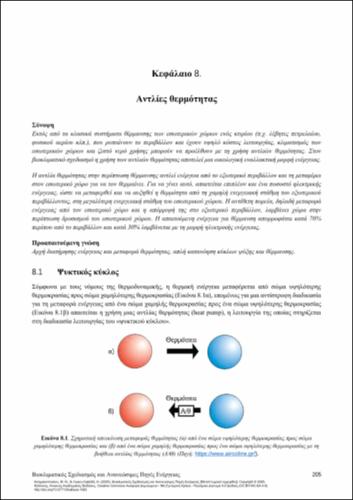| Title Details: | |
|
Heat pumps |
|
| Authors: |
Assimakopoulos, Margarita Niki Lioki-Livada, Iro |
| Description: | |
| Abstract: |
Apart from the traditional heating systems of a building's interior spaces (e.g., oil boilers, natural gas, etc.), which pollute the environment and have a high operating cost, air conditioning of interior spaces and hot water usage can be achieved through the use of heat pumps. In bioclimatic design, the use of heat pumps represents an ecological alternative form of energy. A heat pump draws energy from the external environment and transfers it to the interior space to heat it. This process requires an additional amount of electrical energy to transfer and increase the heat from the low energy level of the external environment to the higher energy level of the interior space. The opposite process, that is, transferring energy from the interior space and discarding it to the external environment, takes place in the case of cooling of an indoor space. The energy required for heating is absorbed approximately 70% from the environment and about 30% is obtained in the form of electrical energy.
|
| Linguistic Editors: |
Triantafyllidou, Georgia |
| Graphic Editors: |
Tsionis, Elias |
| Type: |
Chapter |
| Creation Date: | 14-05-2025 |
| Item Details: | |
| License: |
Attribution - NonCommercial - ShareAlike 4.0 International (CC BY-NC-SA 4.0) |
| Handle | http://hdl.handle.net/11419/14885 |
| Bibliographic Reference: | Assimakopoulos, M., & Lioki-Livada, I. (2025). Heat pumps [Chapter]. In Assimakopoulos, M., & Lioki-Livada, I. 2025. Bioclimatic Design and Renewable Energy Sources [Postgraduate textbook]. Kallipos, Open Academic Editions. https://hdl.handle.net/11419/14885 |
| Language: |
Greek |
| Is Part of: |
Bioclimatic Design and Renewable Energy Sources |
| Publication Origin: |
Kallipos, Open Academic Editions |

